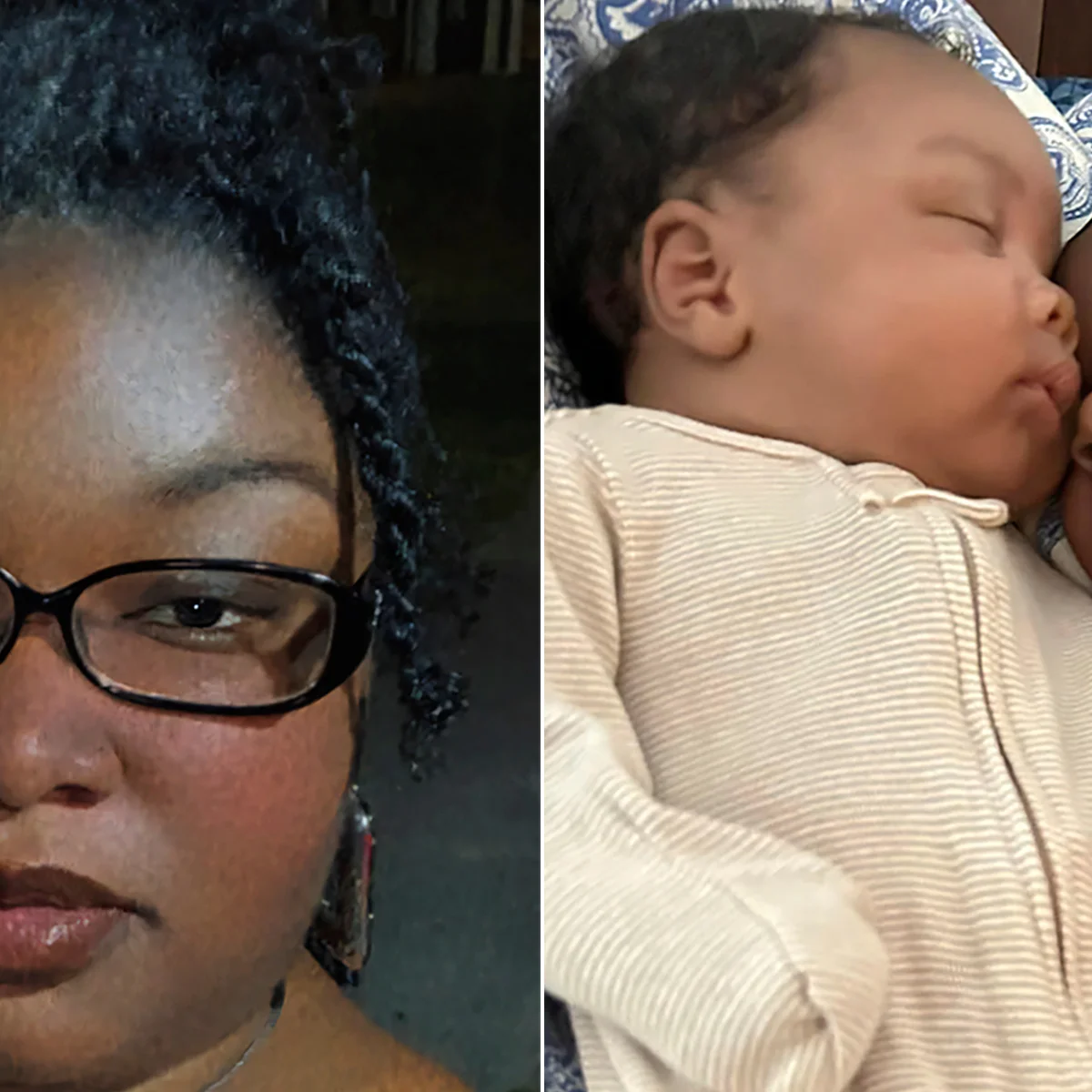
Shannen Doherty, known for her roles on the wildly popular series “Beverly Hills, 90210” and on the witchcraft fantasy “Charmed,” has died after being diagnosed with breast cancer in 2015. She was 53.
“It is with a heavy heart that I confirm the passing of actress, Shannen Doherty,” Doherty’s publicist Leslie Sloane said in a statement. “On Saturday, July 13, she lost her battle with cancer after many years of fighting the disease. The devoted daughter, sister, aunt and friend was surrounded by her loved ones as well as her dog, Bowie. The family asks for their privacy at this time so they can grieve in peace.”
Doherty rose to fame in 1990 as the fresh-faced brunette Brenda Walsh on Fox’s “Beverly Hills, 90210.” Along with her twin brother Brandon, played by Jason Priestly, the Walshes were the classic fish-out-of-water family that had recently moved from Minnesota to Beverly Hills and were constantly amazed at the antics of the L.A. rich kids.
The romance between Brenda and Dylan, played by Luke Perry, spawned controversy in the first season for the storyline where Brenda considers losing her virginity. Their later breakup, when Dylan hooked up with her best friend Kelly, played by Jennie Garth, was also big news, and the show was considered groundbreaking in its willingness to address topics like drug abuse and racism.
The show was a massive hit, and with its success came an inordinate amount of scrutiny and gossip surrounding the cast, including teen-aged Doherty. Though the show had started out with Garth’s Kelly as the less likable character, the perception soon changed and Brenda become the cast member everyone loved to hate on. She was labeled a diva in the press and there was even a pre-internet newsletter called “I Hate Brenda.” Doherty appeared in 111 episodes before leaving the series at the end of season four, amid reports of friction with other cast members, particularly Garth.

By the time the show was rebooted two more times, everyone had mellowed with age and Doherty returned as Brenda in the 2008 revival “90210” for one season and in the later revival 2019 “BH90210.”
After her stormy departure from “Beverly Hills, 90210,” Doherty found her footing on “Charmed,” the supernatural drama following three sisters who discover they are witches and must work together to fight evil. She played the oldest of the three sisters, Prue Halliwell, alongside Alyssa Milano and Holly Marie Combs. In 2000 and 2001, she directed three episodes of the series — “Be Careful What You Witch For,” “The Good, The Bad, and The Cursed,” and “All Hell Breaks Loose,” the last episode she appeared in. Her character was killed off when she left the series at the end of the third season.
Born in Memphis, Tenn., Doherty moved to Los Angeles with her family as a child and got her start at age 10 with a role on the series “Father Murphy.” Michael Landon saw her in the series and cast her as Jenny Wilder in “Little House on the Prairie” at age 11.
Doherty then had a recurring role on the family series “Our House” with Wilfred Brimley,
In feature films, she appeared in another teen classic, “Heathers,” as well as in “Girls Just Want to Have Fun” and Kevin Smith’s “Mallrats” and “Jay and Silent Bob Strike Back.”
Among the other shows she appeared on were “North Shore,” and “Riverdale” as well as in a number of TV movies.

In 2006, she produced a reality show, “Breaking Up With Shannen Doherty,” where she helped people in relationship peril who wanted to get out but couldn’t do it on their own, and later appeared in another reality show, “Off the Map With Shannen and Holly.”
Doherty was diagnosed with breast cancer in February 2015, and in 2017 said she was in remission. But by 2019 the cancer had returned and spread. She continued working, with roles in TV movies including “Dying to Belong” and “List of a Lifetime.” Doherty also hosted a popular podcast, “Let’s Be Clear With Shannen Doherty,” in which she discussed her career and talked frankly about how breast cancer had impacted her life.
In June 2023, she said she had been receiving radiation for cancer that had spread to her brain.
She was briefly married to George Hamilton’s son Ashley Hamilton and poker player Rick Salomon, and in 2011 she married photographer Kurt Iswarienko. They filed for divorce in 2023.
1-Month-Old Twin Brothers Found Dead Alongside Their Mother Amidst Hurricane Helene’s Devastation

Kobe Williams, 27, tragically lost her father after making a serious vow to shield her newborn twins, Khyzier and Khazmir, from Hurricane Helene’s fury. Kobe, who was hoping to protect her one-month-old sons from the storm’s destructive force, sought shelter in her home in Thomson, Georgia, but fate had other ideas.

Kobe and her twins were the youngest known victims of Hurricane Helene, which ripped through Georgia, killing 33 people and leaving a path of destruction in its wake. Their family was devastated by the storm, which had already wreaked havoc over the Southeast of the United States.

She had a conversation with Obie Williams, Kobe’s father, mere moments prior to the unfortunate event. Kobe told him that she would heed his instructions and take cover in the toilet with her babies when the storm grew stronger. However, Obie received no response when he attempted to reach her again after a short while.

Later, after navigating over broken power lines and fallen trees, Kobe’s brother arrived at her house. When he got there, he discovered an unbelievable sight of destruction—a big tree had fallen through the roof, right where Kobe and her pups had taken refuge. Not one of them made it.

Kobe, a devoted and resilient mother, had postponed her aspirations to become a nurse assistant in order to focus on raising her sons. Her family is now forced to mourn the premature deaths of a mother and two innocent people due to one of the deadliest storms in American history.



Leave a Reply